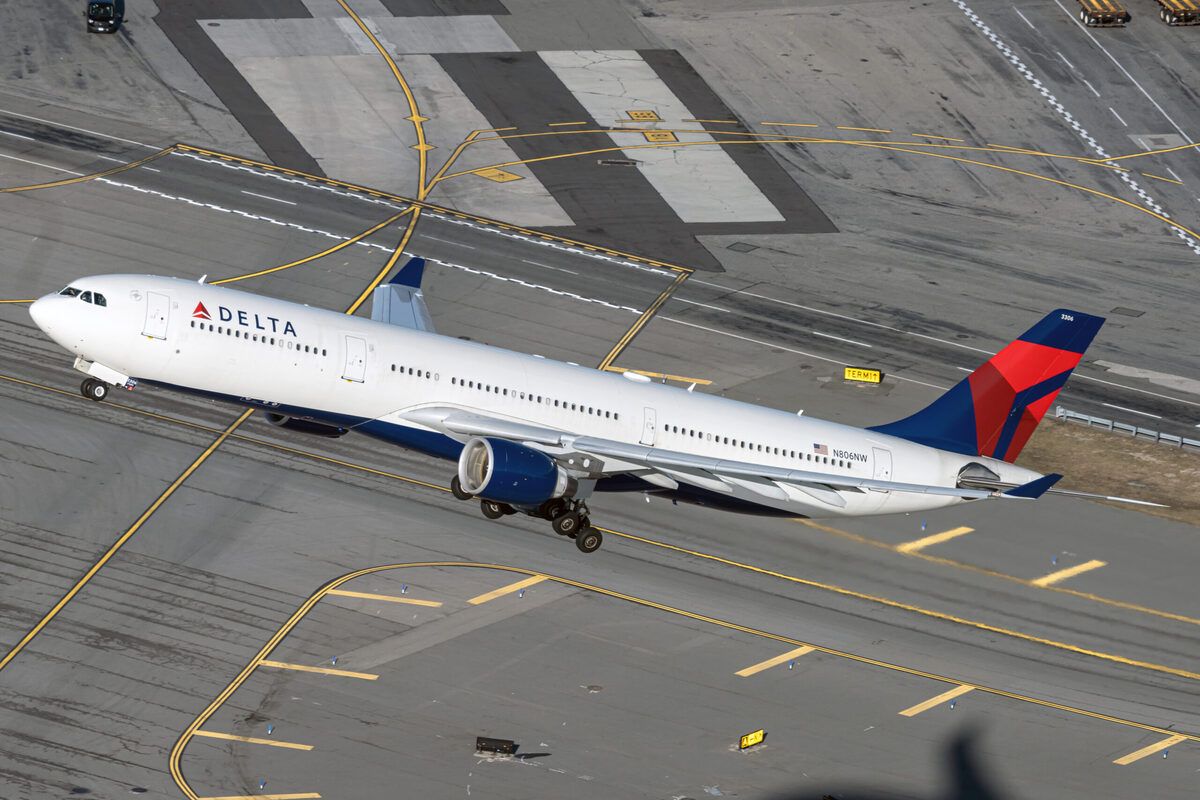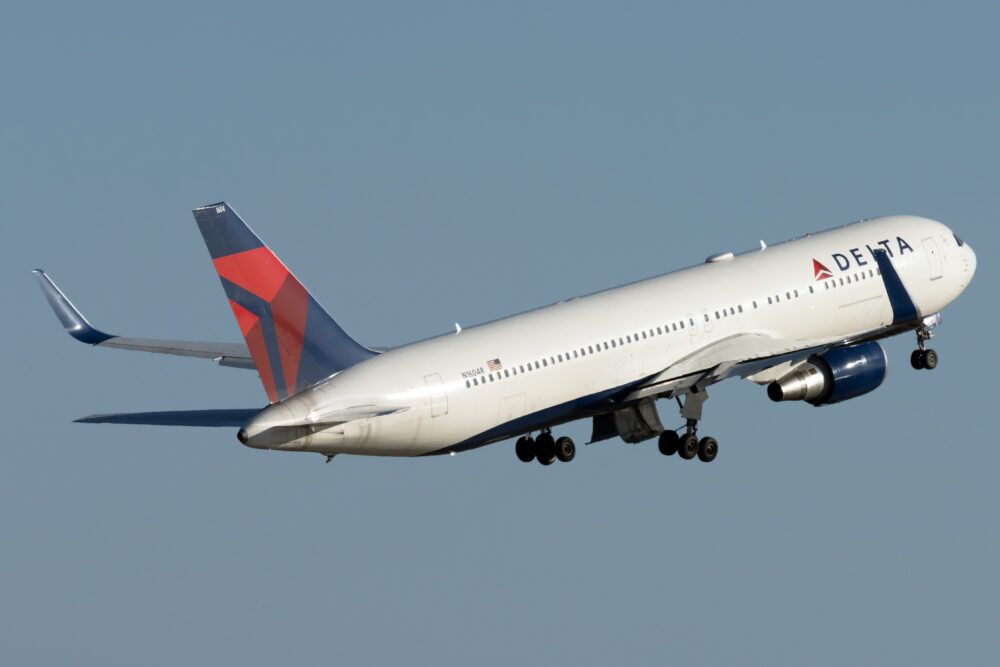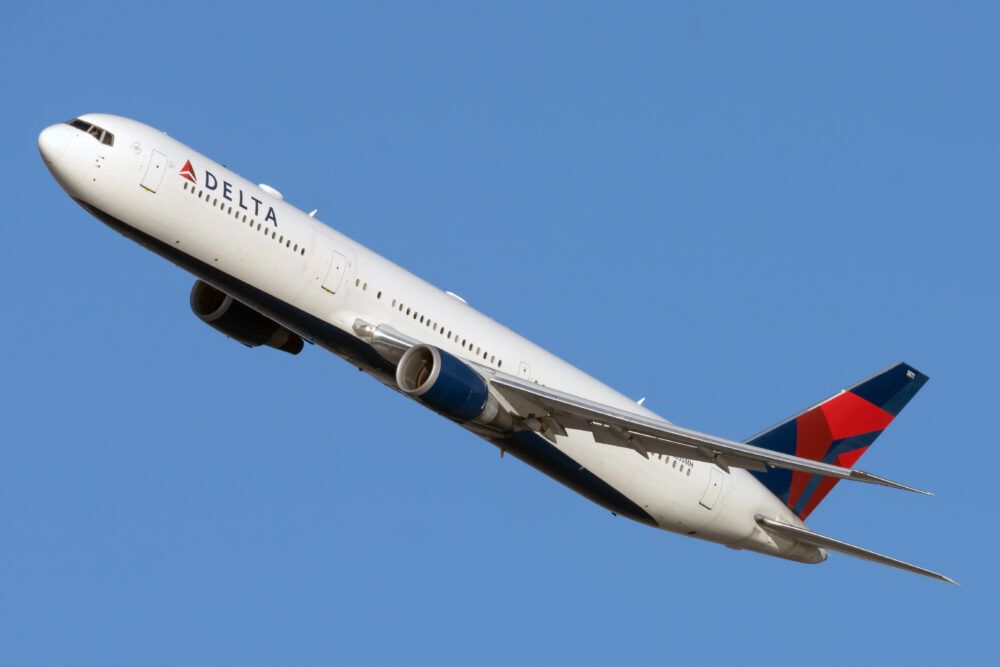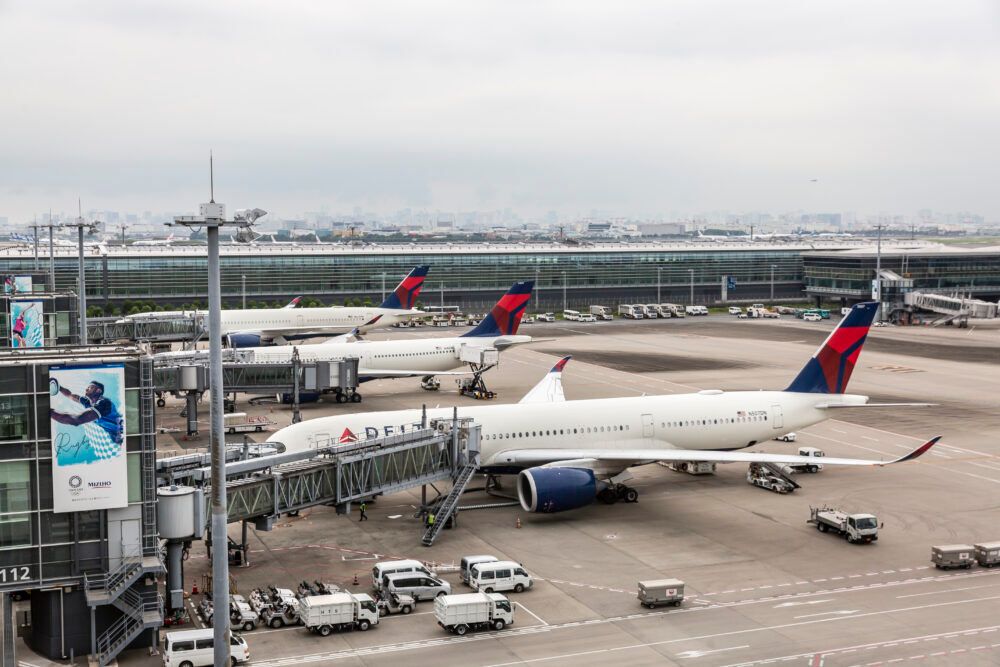International travel is starting to come back, and Delta is seeing a recovery. On Wednesday, the carrier's executives spoke about the airline's recovery and how it has progressed in various markets. Here is what those executives had to say about the international recovery.
US-based demand is strong in the transatlantic market
Somewhat unsurprisingly, there is strong demand for travel from the United States to Europe. This is traditionally one of the strongest markets for the carrier, thanks to strong cultural, business, and tourism ties between the US and Europe.
According to Delta's President, Glen Hauenstein, the airline is starting to bring back its transatlantic operations. As he stated:
"We're seeing a US-based demand recovery to the open countries in the transatlantic [market]. And, we expect our loads to move to be close to historical levels, running probably in the low-to-mid 80s, by the August September October period."
The problem for Delta is bringing travelers from Europe to the United States. While US citizens can get back to the country just fine, the same cannot be said for bringing foreign citizens to the United States. There is currently a restriction on most foreign nationals from coming to the United States.
The transatlantic market is traditionally a very strong market for Delta Air Lines, in large part thanks to its joint ventures with Air France, KLM, and Virgin Atlantic. Covering traffic throughout Europe, Delta offers extensive capacity to all three of those carriers' hubs, from where passengers can connect onwards to points in Europe, Africa, the Middle East, or Asia. However, Delta also carries a significant number of passengers who are bound for Europe and passengers from Europe to the United States.
Delta expects its capacity to be flat in this market compared to the summer heading into September and October. This is largely because the airline expects to keep flying to its European hubs with higher frequencies, as it expects a better fall for European travel.
Latin America and the Caribbean
This market can be separated into two distinct ones. First, there is the short-haul Latin America and Caribbean market, which includes Mexico. Here, according to the airline, it is exceeding 2019 levels in terms of performance. The airline expects this to continue to be a hot leisure market this fall.
In the long-haul market, however, things are very different there. Between a mix of entry restrictions and a difficult state of the virus in those markets, Delta is seeing reduced demand and, in some cases, limits on the number of passengers that can enter a country in a given day.
Delta had expected to benefit significantly from its new partnership with LATAM. However, with the onset of the crisis, LATAM has entered Chapter 11 bankruptcy in the US, is working on restructuring, and has been shedding some of its fleet. But how the airline will look in a year or two remains to be seen.
LATAM mostly helps Delta in deeper South American markets, where the recovery has come along very slowly. Hence, the full benefits of this partnership for both carriers are unlikely to be realized in the foreseeable future until after LATAM exits bankruptcy and long-haul Latin America demand starts to come back.
Stay informed: Sign up for our daily and weekly aviation news digests.
The Pacific
When it comes to the transpacific market, Mr. Hauenstein stated the following:
"The Pacific, which I think Ed [Bastian] has talked in the past, we expect this to be the laggard due to low vaccination rates and continuing outbreaks, and restrictions in the Pacific. We really don't see any impetus for that to be lifted. Now, I think we're looking at a 2022 at the earliest, probably, for a significant recovery in the Pacific."
The transpacific market includes places like Japan, South Korea, China, Australia, and New Zealand. The key in all of these markets is that travel restrictions have essentially dashed any hope of Americans visiting for the foreseeable future.
The transpacific market was the first to be hit by the crisis when Delta started to shut down flying to China over concerns of the virus. Later outbreaks in South Korea prompted some reduced schedules and subsequently the imposition of travel restrictions. The sheer collapse of demand led Delta to essentially pull all but the most essential flying in this market.
Delta has some strong partners in this market. This includes Korean Air and China Eastern Airlines. Both of these carriers are leading airlines in their respective markets. Meanwhile, in Australia, Delta had a partnership with Virgin Australia.
With Virgin Australia entering restructuring and coming out as a primarily domestic and short- or medium-haul international carrier, that partnership could change. Delta, however, has plenty of time to decide what happens there, as it is anyone's guess when Australia will actually reopen. Other markets in the region are sputtering when it comes to reopenings.
Did any of these geographies surprise you? Let us know in the comments!




